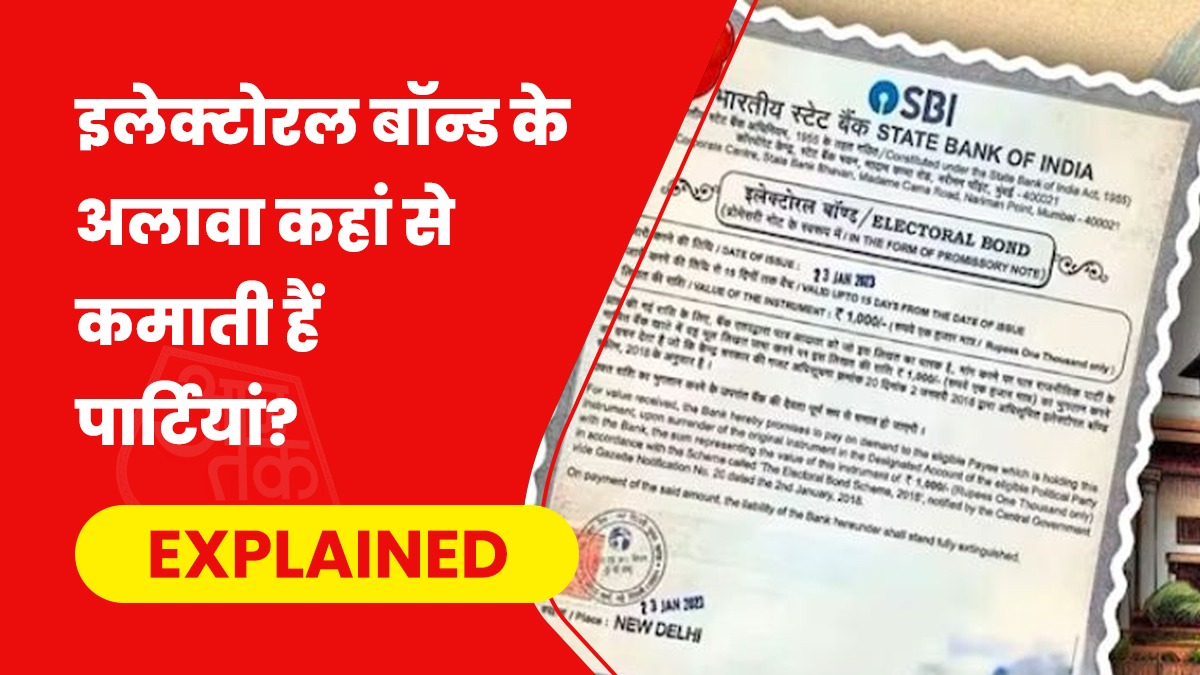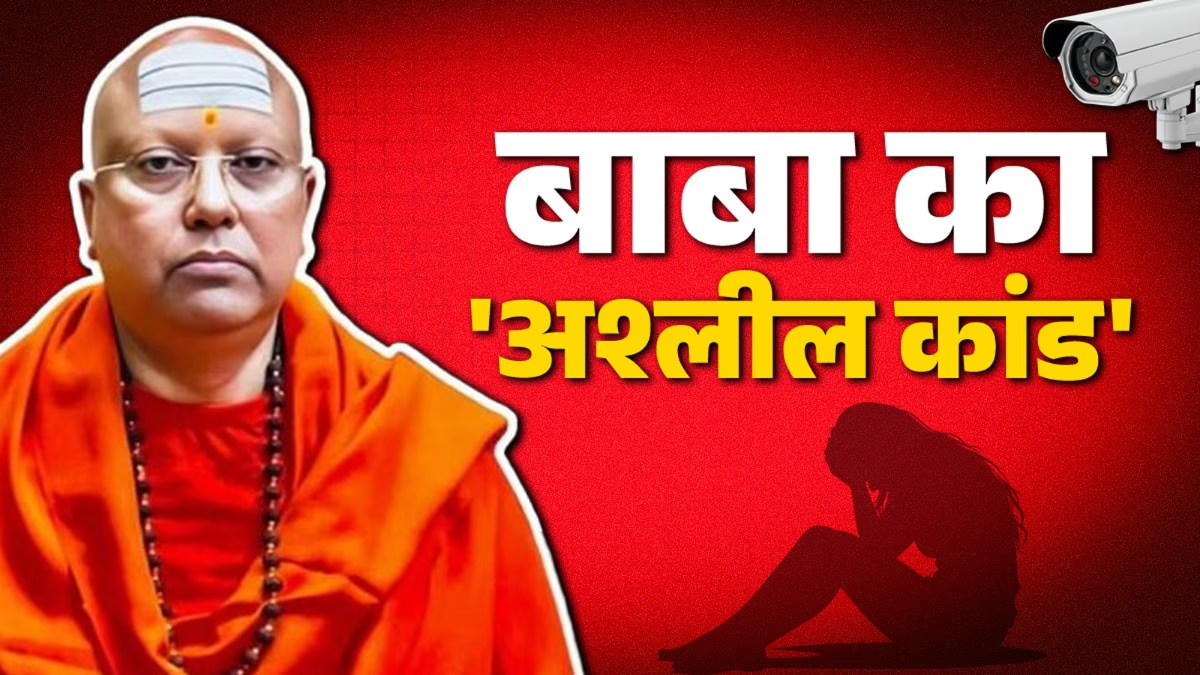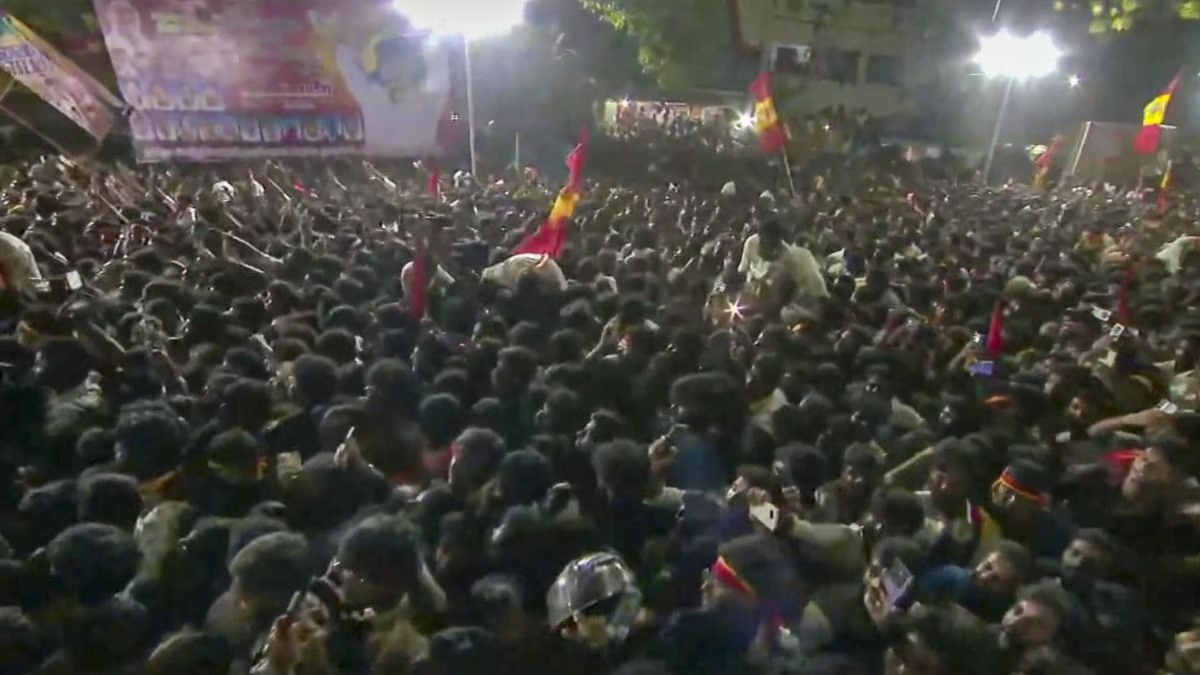SC Verdict on Electoral Bond:
Electoral bonds were introduced to bring transparency into political party funding. However, the Supreme Court has now deemed the electoral bond scheme 'unconstitutional' and has annulled it.
The Court stated that keeping electoral bonds confidential violates Article 19(1) of the Constitution and the Right to Information Act.
A bench led by Chief Justice D.Y. Chandrachud, which included Justices Sanjiv Khanna, B.R. Gavai, J.B. Pardiwala, and Manoj Mishra, expressed that citizens have the right to know the sources and deployment of political party funds.
The electoral bond scheme was launched in 2018, but faced legal challenges in the Supreme Court as early as 2019. Three petitions were filed against the scheme. Meanwhile, the Central Government defended it by stating that it ensures only legitimate funds reach political parties. It further argued that donor anonymity was designed to protect them from political reprisal.
The Supreme Court has directed the State Bank of India (SBI) to halt issuing electoral bonds immediately. It also ordered that information on electoral bonds purchased since April 12, 2019, be provided to the Election Commission.
Now that the Supreme Court has invalidated the 'unconstitutional' electoral bond, let's explore what they were and how much revenue they generated for parties.
What is an Electoral Bond?
In 2017, the Central Government announced the electoral bond scheme, which was legally instituted on January 29, 2018. Then Finance Minister Arun Jaitley claimed that the scheme was introduced to ensure 'clean' finance in electoral donations and to enhance transparency.
Under this scheme, the State Bank of India could issue bonds in denominations ranging from INR 1,000 to INR 1 crore. Anyone could purchase these bonds and donate them to their preferred political party.
The plan allowed for electoral bonds to be issued in the months of January, April, July, and October. However, only those political parties which received at least one percent of the votes in the Lok Sabha and state assembly elections could be donated to through these bonds.
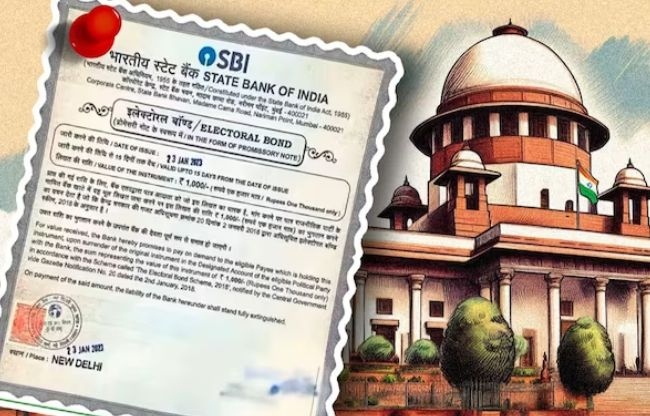
Source: aajtak
How Much Do Parties Earn Through This?
Among those who questioned the validity of the electoral bond was the Association for Democratic Reforms (ADR). ADR claims that between March 2018 and January 2024, political parties received more than INR 16,492 crores through electoral bonds.
According to the audit report filed with the Election Commission for the year 2022-23, the BJP received over INR 1,294 crores in donations via electoral bonds, with its total income being INR 2,360 crores. Thus, about 40% of the BJP's total income came from electoral bonds.
BJP Received Most Electoral Bonds
One of the major concerns regarding electoral bonds was that they disproportionately benefited the ruling party, which could exploit them unduly.
Statistics support this view. According to ADR's report, from 2017-18 to 2021-22, the BJP received INR 5,271 crores through electoral bonds. The highest donations came in the election year of 2019-20, with the BJP receiving INR 2,555 crores in that period alone.
During state assembly elections, party funding also spikes. For instance, in 2021, during the West Bengal assembly elections, the ruling party TMC received funding over INR 528 crores through electoral bonds.
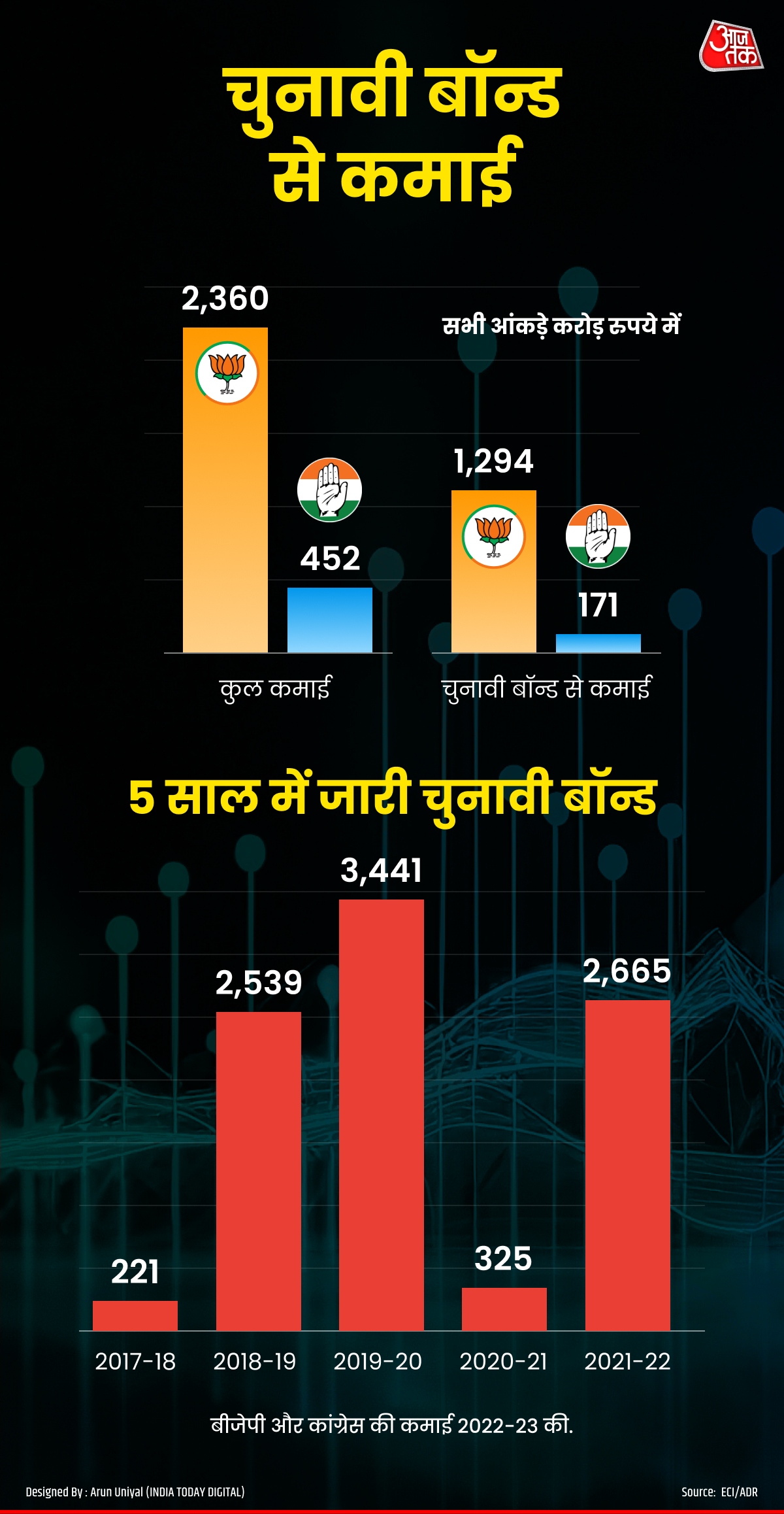
Source: aajtak
What Are the Alternatives Now?
Before electoral bonds, parties received donations through checks, with donor names and amounts disclosed to the Election Commission.
About four decades ago, parties managed collections through a receipt book campaign, with activists going door-to-door soliciting donations.
Now that electoral bonds are cancelled, there are other avenues for parties to generate funds, including donations, crowdfunding, and membership fees, as well as corporate donations where businesses contribute to parties.
Elections Becoming More Expensive
ADR reports that, during the 2019 Lok Sabha elections, the seven national parties received more than INR 5,500 crores in funding, spending over INR 2,000 crores. Of this, the BJP received INR 4,057 crores and spent INR 1,142 crores, while the Congress received INR 1,167 crores and spent INR 626 crores.
